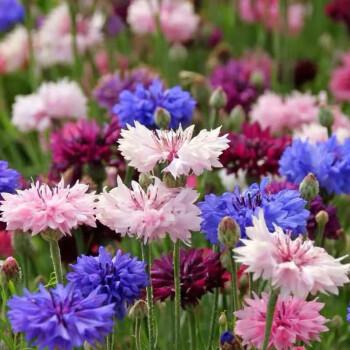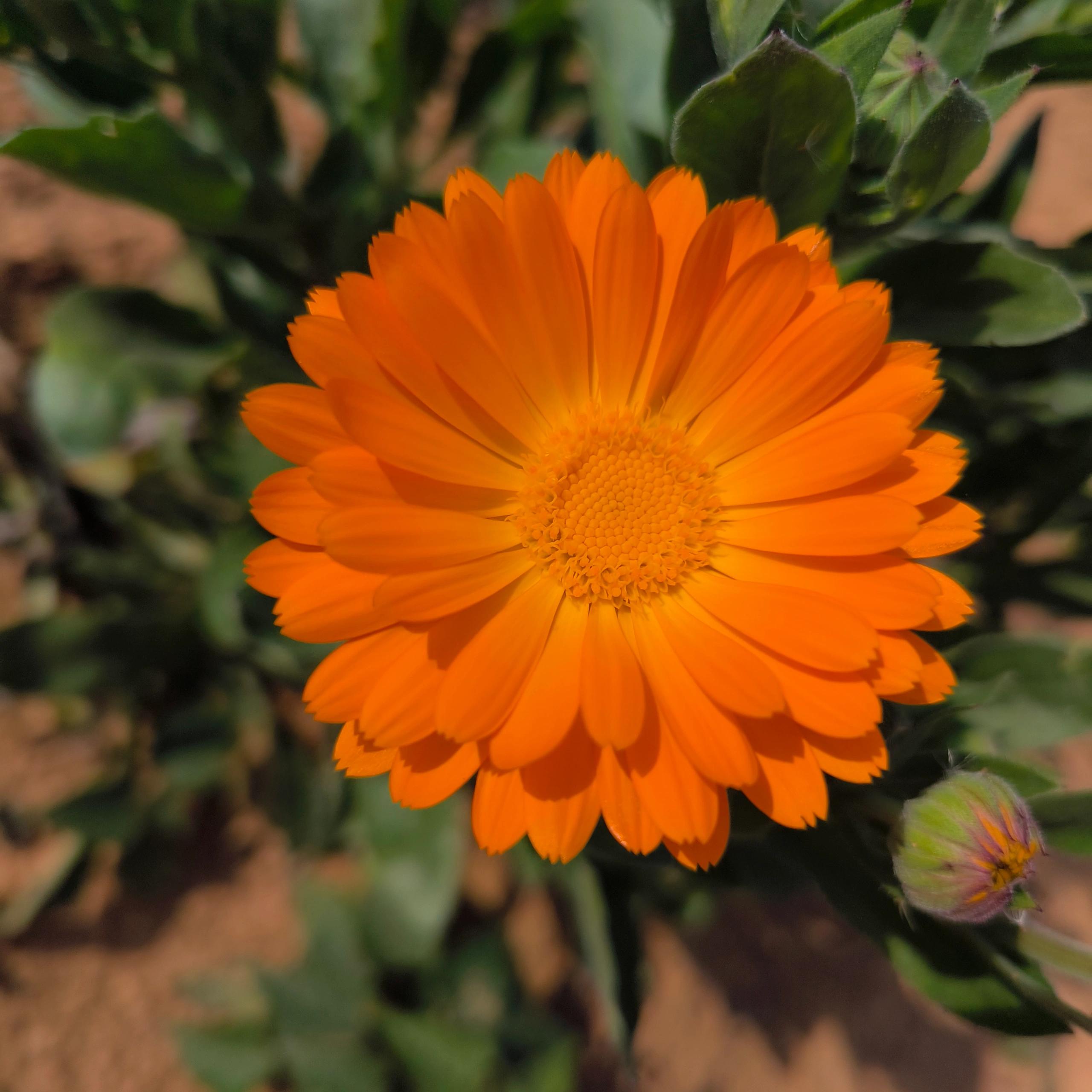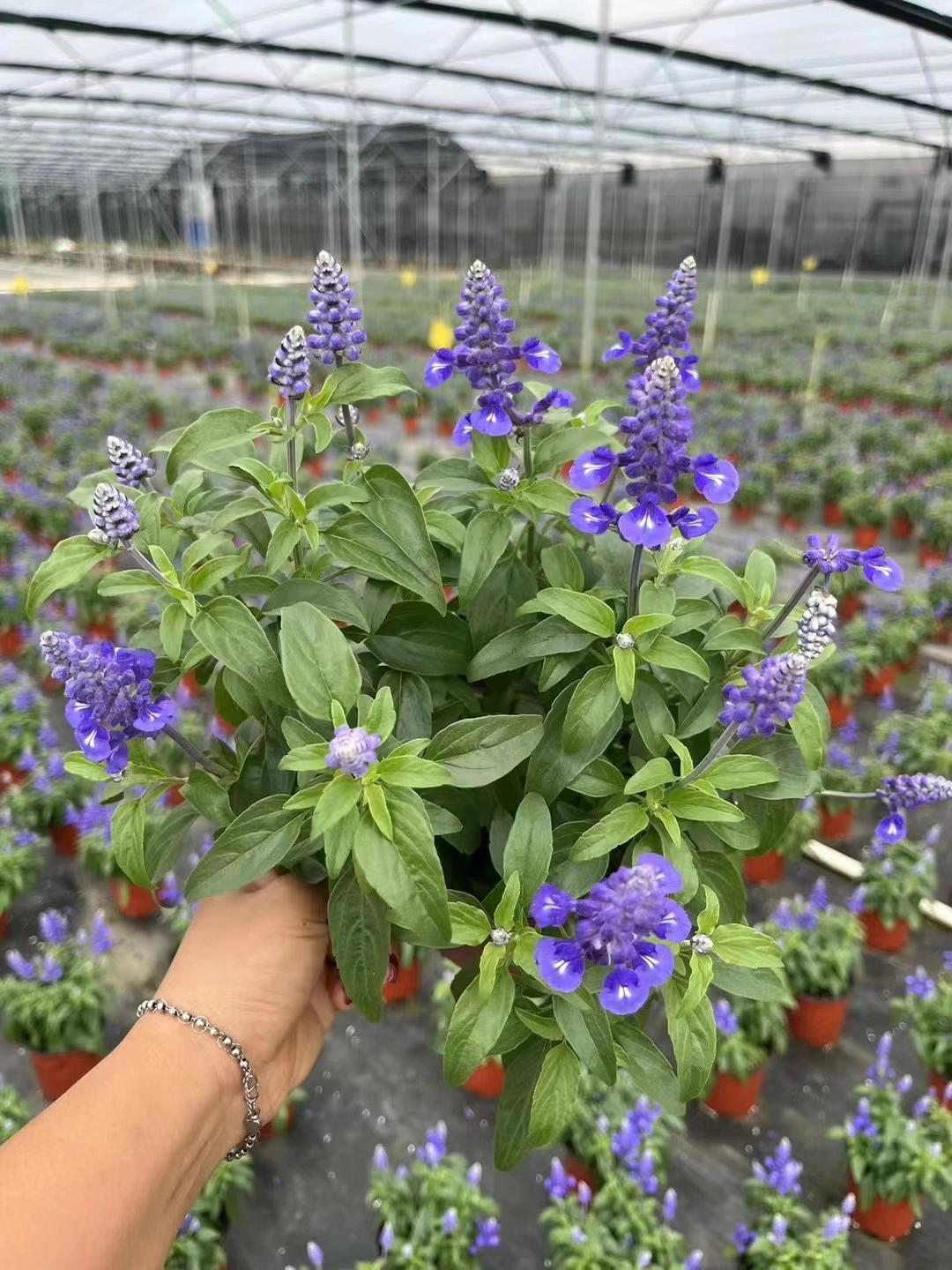Alismataceae is a family of aquatic plants that have an interesting story. These fascinating plants are often found in freshwater habitats such as ponds and wetlands. One interesting fact about Alismataceae is that their leaves are typically shaped like arrowheads, which not only helps them survive in water but also gives them a distinctive appearance.
Another intriguing aspect of Alismataceae is their reproductive strategy. Many species in this family have flowers that are either male or female, and some even have separate male and female plants. This unique adaptation ensures cross-pollination and increases the chances of successful reproduction.
Furthermore, some Alismataceae species, like water lilies, have cultural significance in different parts of the world. These beautiful plants have been used in various rituals and have symbolic meaning in different cultures.
In conclusion, Alismataceae plants have an interesting story, from their arrowhead-shaped leaves to their unique reproductive strategy and cultural importance. They continue to captivate scientists and nature enthusiasts to this day.
Picture
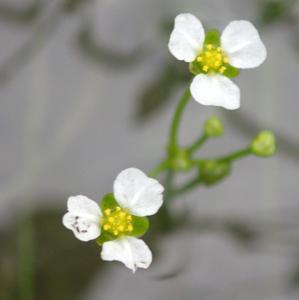
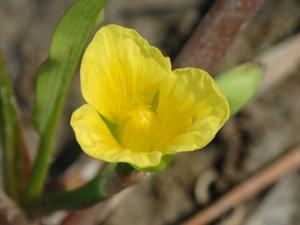
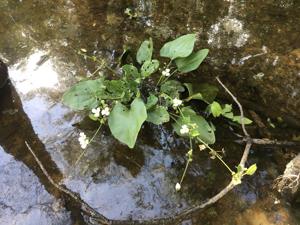
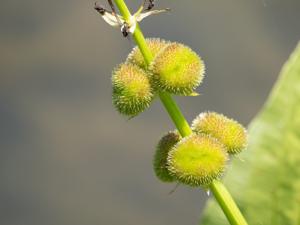
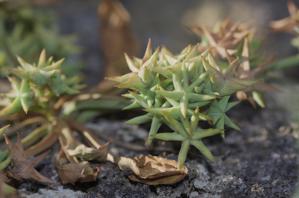
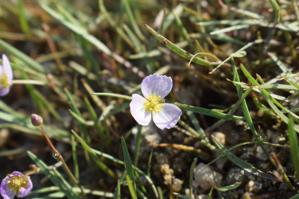
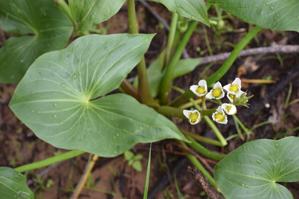
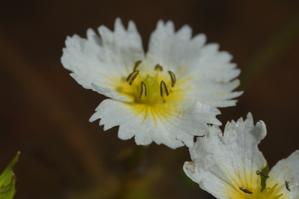
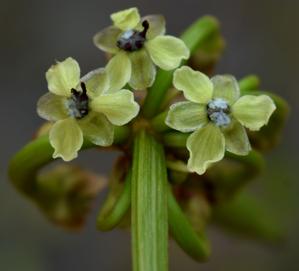
Plant some seeds now!
Short Description
The water-plantains (Alismataceae) are a family of flowering plants, comprising 20 genera (17 extant and 3 fossil) and 119 species. The family has a cosmopolitan distribution, with the greatest number of species in temperate regions of the Northern Hemisphere. Most of the species are herbaceous aquatic plants growing in marshes and ponds.
Description
Most Alismataceae are robust perennials, but some may be annual or perennial, depending on water conditions — they are normally perennial in permanent waters, annual in more seasonal conditions but there are exceptions. The stems are corm-like or stoloniferous. Juvenile and submerse leaves are often linear, whilst more mature and emerse leaves can be linear to ovate or even sagittate. Most have a distinct petiole, with a sheathed base.
The inflorescence is usually compound with whorls of branches, though some are umbel-like, and others have solitary flowers. The flowers are regular, bisexual or unisexual. There are three sepals which usually persist in the fruit. Three petals, usually conspicuous, white, pink, purple, occasionally with yellow or purple spots. The petals rarely last more than one day. In Burnatia and Wiesneria the petals are minute and even occasionally absent in female flowers. Stamens are 3, 6, 9 or numerous. The ovary is superior, comprising 3 – numerous free carpels in one whorl or in a clustered head. Each carpel contains 1 (-2) anatropous ovules.[clarification needed]

